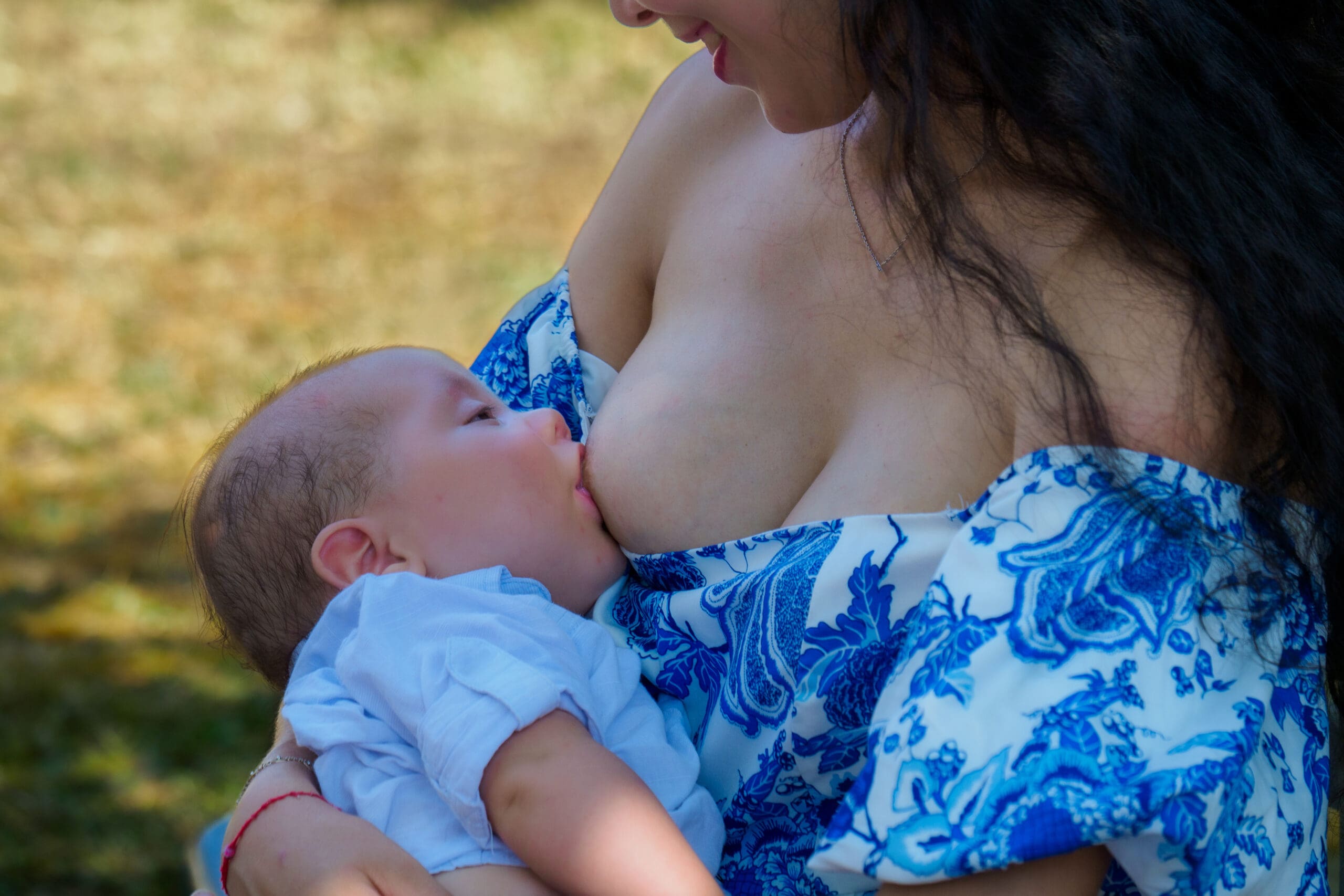When it comes to breastfeeding, finding the best positions for comfortable nursing is crucial for both the mother and the baby. Breastfeeding provides numerous benefits for both parties involved. For the baby, it offers essential nutrients, boosts the immune system, and promotes healthy growth and development. Additionally, breastfeeding creates a strong bond between the mother and the baby, fostering emotional connection and security.
However, the comfort of the breastfeeding experience is equally important for the mother. The right breastfeeding positions can help prevent discomfort, pain, and other common breastfeeding problems. By exploring different positions, you can find the one that works best for you and your baby’s unique needs.
In this article, we will discuss various breastfeeding positions that can enhance your breastfeeding journey. Each position offers its own advantages and may be more suitable for specific situations or challenges. By familiarizing yourself with these positions, you can optimize your breastfeeding experience and ensure both you and your baby are comfortable and content.
1. Cradle Hold
Description:
- The baby lies across your lap, facing you.
- Their head rests in the crook of your arm on the same side as the breast you are feeding from.
- Support their back and bottom with your forearm and hand.
Benefits:
- Common and natural position.
- Good for full-term babies with a strong latch.
2. Cross-Cradle Hold
Description:
- Similar to the cradle hold but the baby’s head is supported by the hand opposite the breast you are feeding from.
- Use your free hand to support your breast.
Benefits:
- Provides more control over the baby’s head.
- Useful for newborns and those having trouble latching.
3. Football Hold (Clutch Hold)
Description:
- Tuck the baby under your arm (like a football), on the same side you are breastfeeding.
- Support the baby’s back with your forearm and hold their head and neck with your hand.
Benefits:
- Ideal for mothers recovering from a C-section.
- Good for small babies or those with latching difficulties.
- Helps in avoiding pressure on the abdomen.
4. Side-Lying Position
Description:
- Lie on your side with the baby facing you.
- Align the baby’s mouth with your nipple and use your hand to support their back and head if necessary.
Benefits:
- Excellent for nighttime feedings and resting while breastfeeding.
- Good for mothers recovering from a C-section.
5. Laid-Back (Biological Nurturing) Position
Description:
- Recline comfortably on a sofa or bed with good support for your back and head.
- Lay the baby on your chest, allowing them to use natural instincts to find the nipple and latch on.
Benefits:
- Promotes skin-to-skin contact and bonding.
- Helps with a deep latch.
- Good for reducing reflux and allowing the baby to control the latch.
6. Upright (Koala Hold)
Description:
- The baby sits upright on your thigh or hip, facing your breast.
- Support the baby’s head and neck with one hand.
Benefits:
- Suitable for older babies with good head and neck control.
- Good for babies with reflux or ear infections.
7. Dancer Hand Position
Description:
- Useful for babies with weak muscle tone or difficulty staying latched.
- Hold your breast with a U-shape using the thumb and forefinger.
- Use the same fingers to support the baby’s chin and jaw.
Benefits:
- Provides additional support to the baby’s head and chin.
- Helps maintain a good latch.
Tips for All Positions:
- Comfort: Ensure both you and the baby are comfortable. Use pillows for support as needed.
- Latch: Make sure the baby has a deep latch to prevent nipple soreness and ensure efficient feeding.
- Switching Sides: Alternate breasts and positions to prevent soreness and promote even milk production.
- Support: Don’t hesitate to seek help from a lactation consultant if you encounter difficulties.
Finding the right position can make a significant difference in your breastfeeding experience. Experiment with these positions to see what works best for you and your baby, ensuring a comfortable and fulfilling breastfeeding journey.
